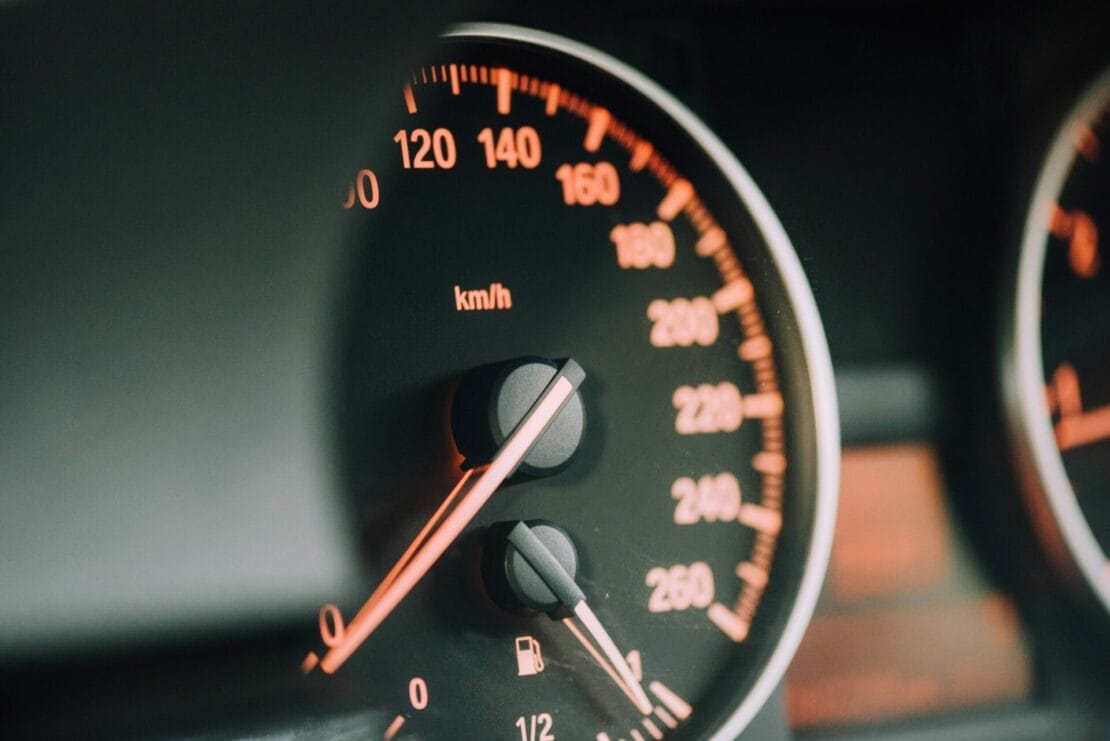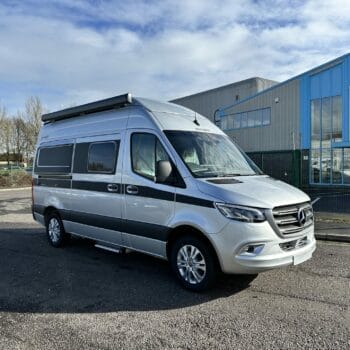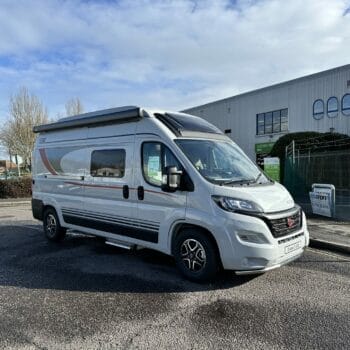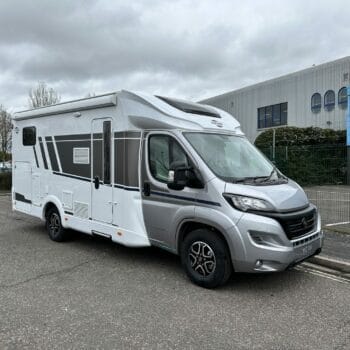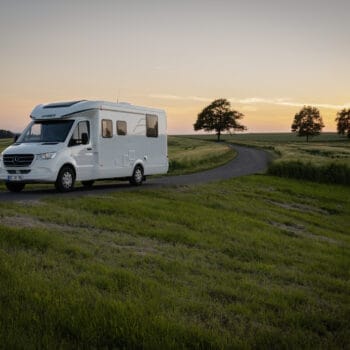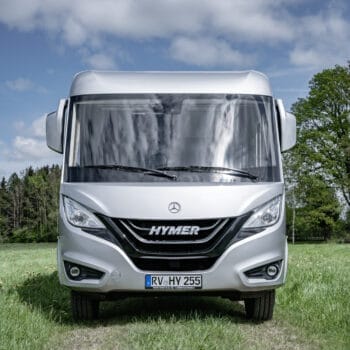Owning a motorhome unfortunately means that similar to a car or house you may encounter some small problems. Luckily for some things it’s an easy at home fix. You can find our step by step guide for some common problems below.
How do I reset my boiler?
The process for resetting a motorhome boiler can vary depending on the make and model of the boiler installed in your motorhome. However, here are some general steps you can follow:
Check the Manual: The first step is to consult the owner’s manual or user guide for your specific motorhome boiler. The manual should provide detailed instructions on how to reset the boiler and troubleshoot common issues.
Locate the Reset Button: Most boilers have a reset button that needs to be pressed to reset the system. This button is typically located on the boiler unit itself. It might be labeled as “Reset,” “Reignite,” or something similar.
Turn Off and On: Before pressing the reset button, turn off the boiler and wait for a few minutes. Then, turn it back on. This may resolve the issue without needing a manual reset.
Press the Reset Button: If turning the boiler off and on doesn’t resolve the issue, locate the reset button and press it. Hold the button down for a few seconds until you hear a click or see an indicator light change. It is important to not be heavy handed with this button or switch.
Wait for Ignition: After resetting, the boiler will go through a sequence to reignite. This may take a minute or two. Listen for the sound of the burner igniting or watch for any indicator lights that show the system is back in operation.
Check for Error Codes: Some modern boilers have digital displays that provide error codes. Check the display for any error messages after resetting. Refer to the manual to interpret the codes and address specific issues.
Gas Supply: Ensure that the motorhome has a sufficient and uninterrupted gas supply. If there are issues with the gas supply, the boiler may not function properly.
If following these general steps doesn’t resolve the issue, or if you’re uncertain about the procedure for your specific boiler, it’s recommended to contact the manufacturer’s customer support or consult with a professional technician who is familiar with motorhome boilers. Working with gas appliances requires caution, so it’s essential to follow safety guidelines outlined in the owner’s manual.
How do I reset my fridge?
Resetting a motorhome fridge can vary based on the specific make and model of the refrigerator you have. However, here are some general steps that may help.
Check the Manual: The first step is to consult the owner’s manual or user guide for your specific motorhome refrigerator. The manual should provide detailed instructions on how to reset the fridge and troubleshoot common issues. If you don’t have the manual, you may be able to find it online on the manufacturer’s website.
Power Cycle: Turn off the refrigerator and disconnect it from the power source. Wait for a few minutes (typically 5-10 minutes) to allow any internal capacitors to discharge. Then, reconnect the fridge to the power source and turn it back on.
Temperature Settings: Ensure that the temperature settings on the refrigerator are set correctly. If the fridge has a digital control panel, use it to adjust the temperature settings according to the manual’s recommendations.
Check for Tripped Breakers or Fuses: Verify that there are no tripped breakers or blown fuses in the motorhome’s electrical system. If a breaker has tripped or a fuse has blown, reset or replace it as needed.
Inspect Gas Supply (for propane refrigerators): If your motorhome fridge operates on propane, check the gas supply. Ensure that the propane tank is open and that there are no issues with the gas lines.
Absorption Refrigerator Pre-cooling: If you have an absorption refrigerator (common in RVs), the cooling process may take some time. After resetting or turning on the fridge, allow it sufficient time to cool before expecting it to reach the desired temperature.
Check for Error Codes: If your fridge has a display panel, check for error codes or indicators. Refer to the manual to interpret any error messages and take appropriate action.
If these general steps don’t resolve the issue, or if you’re uncertain about the procedure for your specific fridge, contact our service team directly. Keep in mind that the troubleshooting steps may vary, and safety considerations are crucial when working with gas or electrical appliances.
How do I reset my inverter?
Resetting a motorhome inverter can vary based on the specific make and model of the inverter you have. Here are general steps that may help you reset a typical inverter.
Turn Off the Inverter: Locate the power switch on the inverter and turn it off. This switch is usually located on the front panel or side of the inverter unit. Make sure the inverter is completely powered down.
Disconnect Power: After turning off the inverter, disconnect the power source. This may involve unplugging the inverter from the AC power source or disconnecting the DC power supply, depending on the type of inverter you have.
Wait for a Few Minutes: Allow the inverter to sit without power for a few minutes. This helps in discharging any residual energy in the system and allows for a complete reset.
Reconnect Power: Reconnect the power source to the inverter. If it’s a DC-powered inverter, reconnect the DC power supply. If it’s an AC-powered inverter, plug it back into the AC power source.
Turn On the Inverter: After reconnecting the power, turn the inverter back on. Use the power switch on the inverter’s front panel or side. Monitor the inverter for any indicator lights or display panel information.
Check for Error Codes: If your inverter has a display panel or indicator lights, check for any error codes. Refer to the inverter’s manual to interpret the error codes and take appropriate action.
Check Battery Connections: Ensure that the battery connections to the inverter are secure and in good condition. Loose or corroded connections can affect the performance of the inverter.
Consult the Manual: Always refer to the owner’s manual or user guide for your specific inverter model. The manual will provide specific instructions for resetting and troubleshooting.
If these general steps do not resolve the issue or if you’re uncertain about the procedure for your specific inverter, speak to our service team directly.
Why is my solar panel not working?
There are several reasons why your motorhome solar panel may not be working. Here are some common troubleshooting steps to help you identify and address the issue.
Check for Shade or Obstructions: Ensure that the solar panels are not shaded by trees, buildings, or other obstructions. Even partial shading can significantly reduce the efficiency of solar panels.
Inspect the Wiring and Connections: Examine the wiring and connections between the solar panels, charge controller, and batteries. Look for loose or damaged wires, disconnected plugs, or corroded connections. Make sure all connections are secure.
Verify Battery Connections: Check the connections between the solar charge controller and the batteries. Ensure that the positive and negative terminals are properly connected.
Inspect the Solar Charge Controller: The charge controller regulates the flow of electricity from the solar panels to the batteries. Check the charge controller for any error indicators or unusual readings. Make sure it is properly configured for your battery type (e.g., AGM, flooded, lithium).
Monitor Battery Voltage: Use a multimeter to check the voltage of your batteries. If the battery voltage is too low, the solar panels may not be charging them effectively. Recharge the batteries using an alternative method if needed.
Test the Solar Panels: Measure the voltage output of the solar panels under sunlight. Use a multimeter to check if the panels are producing the expected voltage. If the voltage is significantly lower than the rated output, there may be an issue with the panels.
Look for Error Messages: Some solar charge controllers have display screens with error messages. Check the display for any error messages or abnormal readings, and consult the charge controller manual for troubleshooting guidance.
Check Fuse or Circuit Breaker: Verify if there is a fuse or circuit breaker in the solar power system. If the fuse is blown or the circuit breaker is tripped, it may disrupt the power flow. Replace the fuse or reset the breaker if necessary.
Consult the Manufacturer’s Manual: Refer to the user manual or documentation provided by the solar panel and charge controller manufacturer. It often contains troubleshooting information specific to your system.
Environmental Factors: Consider environmental factors such as extreme temperatures or weather conditions. Some solar panels may have temperature or weather-related limitations.
If you’ve gone through these troubleshooting steps and still cannot identify the issue, speak to our service team directly.
How do I update my motorhome SatNav?
Updating the navigation system in your motorhome can depend on the specific brand and model of the GPS unit or built-in navigation system you have. Here are general steps you can follow:
Check the Manufacturer’s Website: Visit the official website of the GPS or navigation system manufacturer. Look for a “Support” or “Downloads” section.
Find Your Model: Navigate to the section that corresponds to your specific GPS model or the navigation system used in your motorhome.
Download Software/Maps: Look for available software updates or map updates. Download the latest updates if they are available. Some manufacturers provide free updates, while others may require a purchase.
Remember that the process may vary depending on the brand and model of your motorhome’s navigation system. Always refer to the specific instructions provided by the manufacturer for accurate and safe updating. If your motorhome has a built-in navigation system, the update process may involve specific procedures outlined in the vehicle’s documentation.
Please Note: The majority of SatNav’s are updated through the SatNav company, not the vehicle manufacturer.
Why is there water coming out of the bottom of my vehicle?
If you’re noticing water coming out of the bottom of your motorhome, it’s essential to investigate the issue promptly to prevent potential damage and identify the source of the leak. Here are some common reasons why water might be leaking from your motorhome.
Fresh Water Tank or Plumbing Leak: Check the fresh water tank and associated plumbing for any leaks. A damaged water line or a connection issue could lead to water escaping.
Hot Water Heater Leak: Inspect the hot water heater for leaks. If the tank or any connections are damaged, it can result in water leaking from the unit.
Water Pump Issues: A malfunctioning water pump can cause leaks. Check for any visible issues with the water pump, such as loose connections or damaged components.
Drain Valve Open: Ensure that the drain valve for the fresh water tank is fully closed. If it’s open, water will flow out of the tank.
Gray or Black Water Tank Leak: If the water is discolored or has an odor, it could be coming from the gray or black water tank. Inspect these tanks for any signs of leaks or damage.
Broken or Damaged Pipes: Examine all plumbing lines for signs of damage. Pipes can crack or become disconnected, leading to water leaks.
Roof Leak: Water from rain or other external sources may be entering the motorhome through a roof leak. Inspect the roof for damaged seals, cracks, or other openings.
Window or Door Seal Issues: Leaks can occur around windows and doors if the seals are damaged or improperly sealed. Check for any visible gaps or damage in these areas.
Appliance Leaks: Appliances such as the refrigerator or air conditioner may have condensation or drainage issues, leading to water accumulation and leaks.
Condensation: In some cases, water may accumulate due to condensation, especially in humid conditions. Ensure proper ventilation and use dehumidifiers if necessary.
Underbody Leaks: Inspect the undercarriage of the motorhome for any signs of leaks from tanks, pipes, or other components.
It’s crucial to address water leaks promptly to prevent potential water damage, mold growth, and other issues. If you’re unable to identify or resolve the source of the leak, it’s advisable to seek assistance from our service team.
